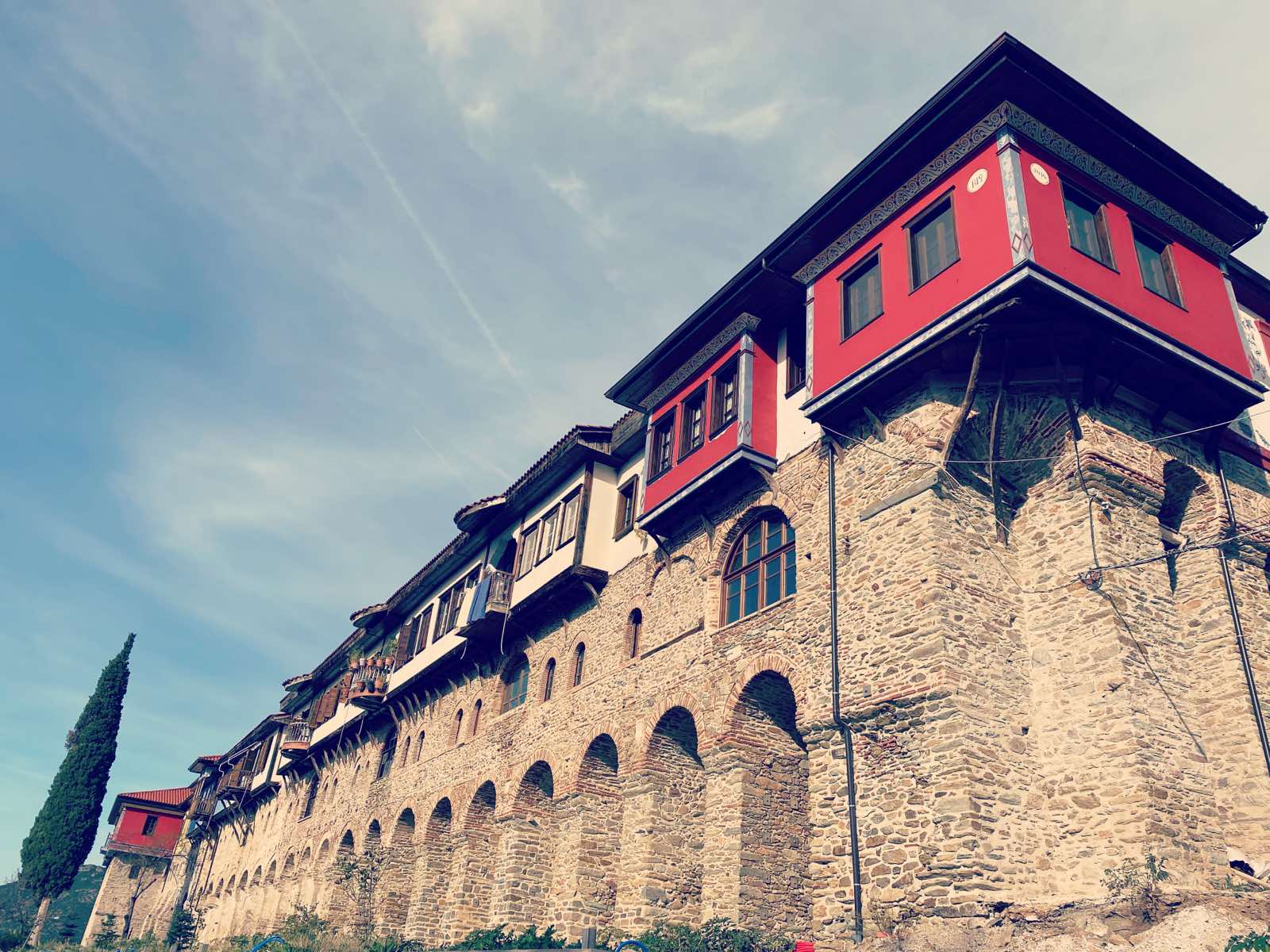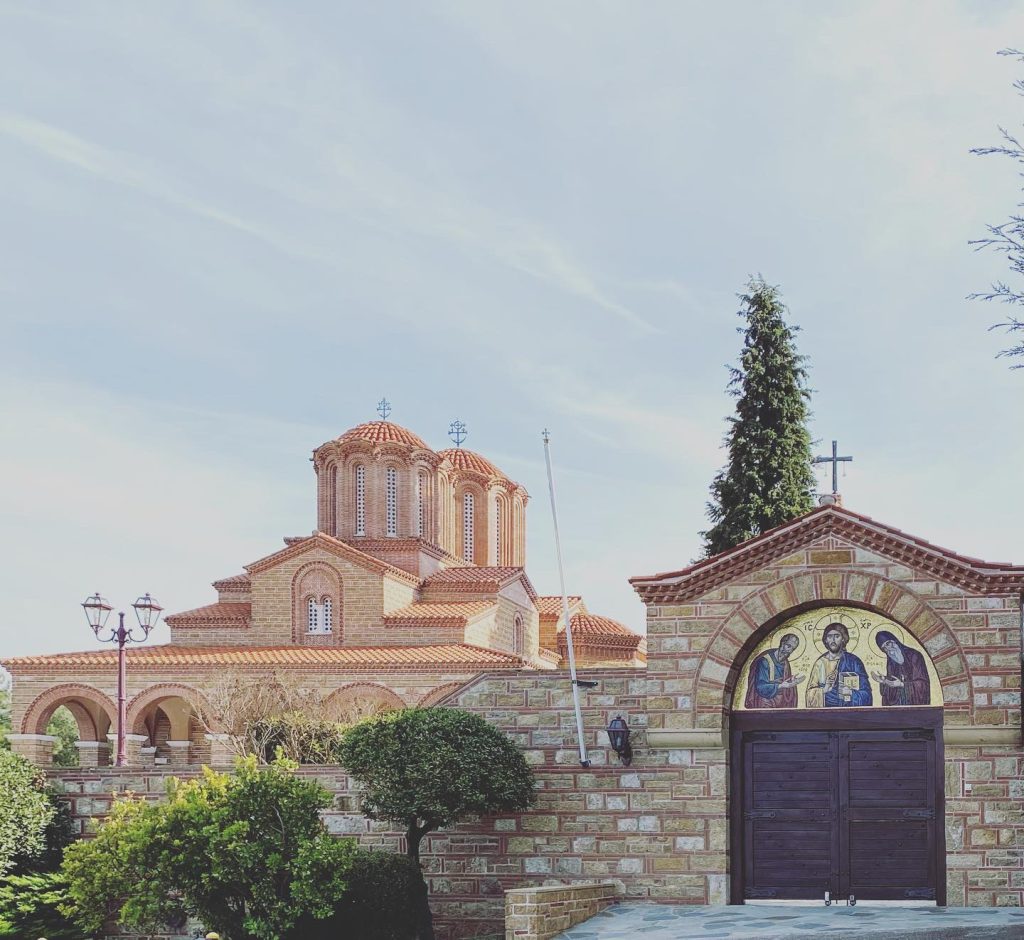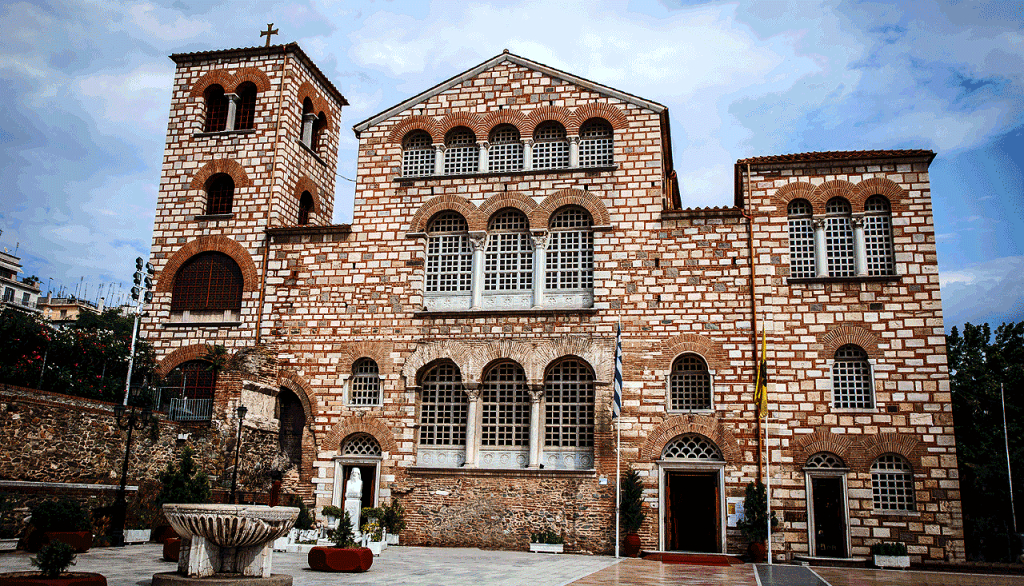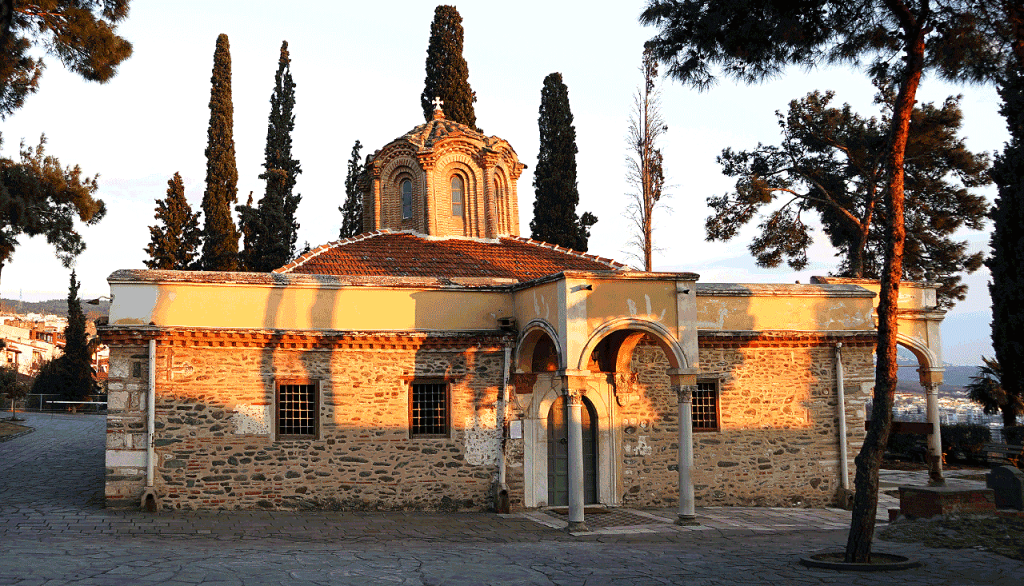Thessaloniki Religious Tour
Estimated Duration
5 Hours
Estimated Distance
90 Km

Monastery of Agia Anastasia Farmakolytria
The monastery of Agia Anastasia Farmakolytria (St Anastasia the Curer) stands near Vassilika of Thessaloniki, was founded in 888 by Augusta Theophano, under the Patriarchate of Photius the Great.
In 1522, the hieromonk Theonas with his companions re-established this Holy Monastery and became its Abbot. Later he was ordained Archbishop of Thessalonica, and had a holy ending, and the Church numbered him among the Saints. In the Holy Monastery are kept the sacred Head of St Anastasia and the whole relic of St Theonas, Abbot of the Monastery and Metropolitan of Thessalonica, Holy Wood, a gift of Augusta Theophano to the Monastery, and many other relics.
During the Turkish domination, the monastery owned many acres of land but it was destroyed and was rebuilt from scratch in 1830. Today, it belongs to the Ecumenical Patriarchate of Constantinople and honors St Anastasia on the 22nd of December.

St. Paisios of the Holy Mountain - The Holy Monastery of St. John the Theologian(Paisios)
The Holy Monastery is dedicated to St. John the Theologian and to St. Arsenios of Cappadocia. In the Monastery are the Relics of St. Arsenios of Cappadocia, which are found in the Katholikon, along with the grave of St. Paisios of the Holy Mountain, who reposed on July 12th 1994, and was buried next to the church of St. Arsenios.
Every year, from July 11th-12th, the anniversary of the repose of the Saint, the Holy Hesychasterion serves a vigil service, with thousands of the faithful taking part. For example, on the anniversary of St. Paisios’ repose in 2014 (and before he was canonized a Saint), an estimated 120,000 people came to venerate his grave. Many miracles occur through the Saint’s intercessions and through the soil from his grave, which pilgrims often take as a blessing.
St. Paisios’ acquaintance with the Monastery
Once, the Elder sick and was in great need of blood for his surgery. He had no relatives by his side (as he himself wished) and a group of novice nuns donated as much blood as he needed. He was very grateful for their support. Wishing to express his deep gratitude, he used to say that their kind support resembled a woolen sweater embracing his bare flesh; he wished to take it off and offer it to them in return, as an expression of his heartfelt gratitude.

Holy Church of Saint Demetrius
The Church of Saint Demetrius, the saint protector of Thessaloniki: Saint Demetrius or Agios Dimitrios, (208 AD-303 AD) is the patron saint of Thessaloniki. He was the son of a wealthy military commander of Thessaloniki and received a good education as a child. He also joined the army and became an officer. When he was young, he decided to get secretly baptized a Christian, something forbidden those years, when idolatry gods were still worshiped.
When his father died, the Roman emperor Maximian ordered him to chase and kill the Christians of Thessaloniki. Dimitrios refused to do so and revealed his faith. He was asked to change his religious beliefs but refused once again and expressed his disgust for idolatry. Therefore, he was put to prison, was tortured and died for his God. Before he died, he donated all his wealth to the poor. His bravery and sacrifice made him an Orthodox saint.
When the emperor Constantine the Great ended the prosecution of the Christians (324 A.D.) and made Christianity the official religion of the Byzantine Empire, people built a small church on the place of the martyrdom of Agios Dimitrios, close to the Roman baths. His grave was said to be miraculous and thousands of pilgrims were coming every year to pay their honors.

Monastery of Vlatades (Vlatadon) – Ano Poli
The monastery of Vlatadon is one of the oldest and most important Byzantine monuments of Thessaloniki. It is located in the Northern part of Ano Poli, next to the imposing Byzantine “Portara” (Great Gate). Its importance lies to the fact that despite the various challenges and significant disasters the monastery suffered throughout the centuries, it never stopped being active!
It was founded somewhere between 1351 to 1371 AD by the empress Anna Palaiologina while it was named after two monks, Dorotheos and Markos Vlattis two of Saint Gregory Palamas (Archibishop of Thessalonica) closest friends.
Apart from the Christian tradition, Byzantine scripts and other documents dated back to 14th century AD also refer to it as the “Monastery of Pantokratoros” or “Vlateon Monastery”. The earliest available source is a letter written by Patriarch Mathew of Constantinople in 1400 AD to the Metropolis of Thessalonica region.

